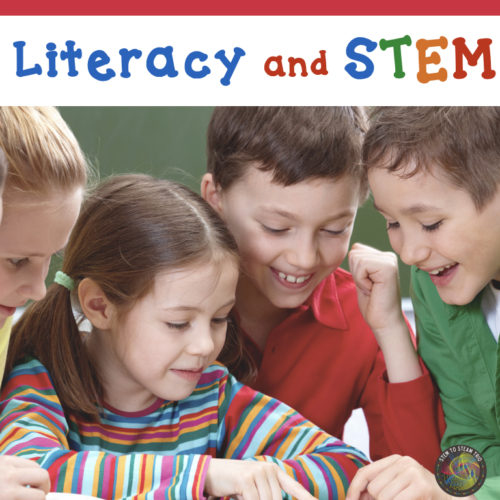
There are many ways to integrate STEM into literacy!
Using Book STEM For Inspiration
Who doesn’t like to read a book about a person that achieved something great? For the last two years, the National Science Teachers Association has put together a list of “Best STEM Books.” NSTA had criteria for choosing the books on this list. The books must “connect to authentic experiences, embrace real-world design, invention, and innovation, and invite divergent thinking and doing.”
I have read several books from the list. Each book that I read happened to be a true story about a woman who accomplished great things despite having to overcome challenges. Shark Lady is a story about Eugenie Clark. She loved visiting the aquarium when she was a child. She didn’t want others to be afraid of sharks, so she did lots of research and shared what she learned with others. The Girl Who Thought in Pictures is the story of Temple Grandin. Temple had a difficult time in school because she had autism. She thought differently. She related better to animals than people. Temple invented a chute system for cattle that is used on many farms today! Another book I read was The Doctor with an Eye for Eyes. This is the story of Patricia Bath. Patricia is an African-American who grew up in a time of discrimination. Even so, she became a doctor and helped invent a laser that helps people who otherwise might be blind.
For a complete list of books click on the NSTA link below.
To Develop Comprehension Skills
The books that I have looked at are easy to incorporate higher level thinking skills into. Students can analyze characters’ motives, think of different ways to apply what they have learned, and even evaluate the solutions to the problems!
To Engineer Solutions to Problems
Books don’t have to be on a list to incorporate STEM. Many people use everyday trade books and then pose a STEM challenge based on the reading. The books can be nonfiction. Perhaps you have read a story about snow and want your students to create a snowflake out of pattern blocks that is symmetrical. You might read about insects, and then have students build a bug out of clay with a list of criteria like incorporating all of the body parts in the correct places and having size constraints.
Maybe you have read a fictional story such as Goldilocks and the Three Bears. You can ask students to build a chair or a bed that would be perfect for “baby bear.” Again, you would have constraints such as the materials students can use and/or the amount of time they can have to complete the task!
Students are bound to have a lot of fun and learn at the same time when STEM is integrated into the day!
If you would like to read about more specific books check out these posts.
How to Choose a Picture Perfect STEM Book

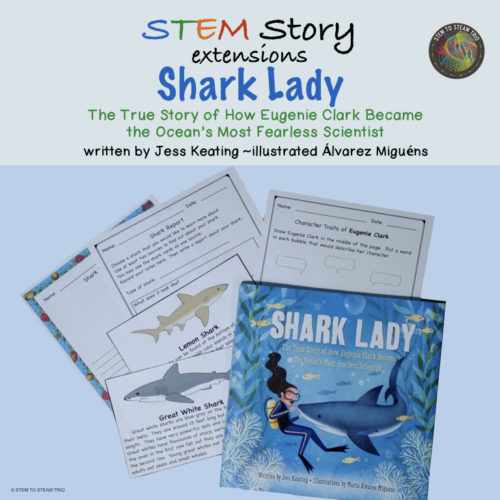
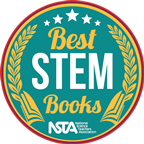
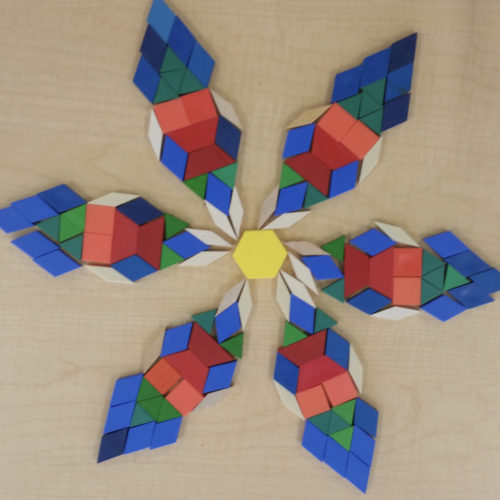
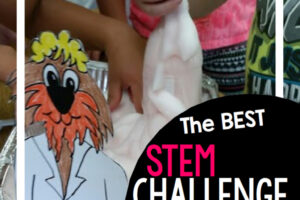
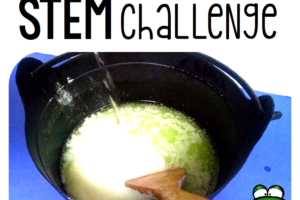
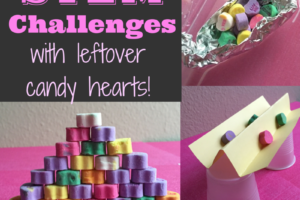
Leave a Reply
Your email is safe with us.